Can Cats Eat Canned Sardines? A Fishy Delight for Your Feline Friend
- 1 Apr 2025 16:40
Many cat owners love to treat their pets to something special, and canned sardines might be one of those tempting options. 🐟 But before you share your sardines with your furry friend, you might be wondering: Can cats eat canned sardines? Let’s dive into whether sardines are a healthy choice for cats and what you should keep in mind when feeding them this fishy treat.
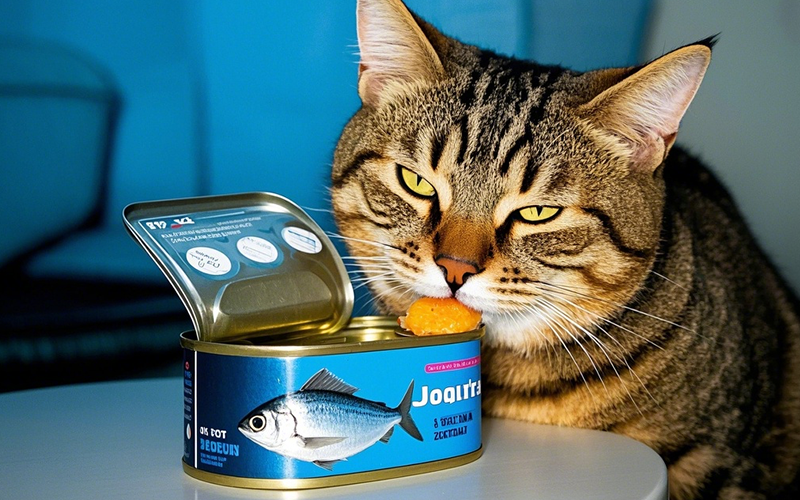
The Scoop on Sardines for Cats
Sardines are small, oily fish that are rich in omega-3 fatty acids, protein, and other nutrients that are beneficial for humans. But what about for cats? While sardines are not toxic to cats, they come with both benefits and risks, depending on how they’re prepared and how much you give.
Can Cats Eat Canned Sardines Safely?
Yes, cats can eat canned sardines, but there are a few important factors to consider. 🐾 Sardines are often packed in oil or brine, and these additives can be problematic for your cat. While sardines themselves are rich in nutrients, certain canned versions are loaded with excess salt, preservatives, and unhealthy fats that aren’t ideal for cats.
If you choose to feed your cat canned sardines, here are some tips to ensure it’s a safe and healthy snack:
Choose Sardines Packed in Water: Opt for canned sardines packed in water rather than oil or brine. Oil can be too rich for your cat, and brine contains high levels of salt, which can be harmful to cats if consumed in excess.
Drain and Rinse: Before serving sardines to your cat, drain the liquid and rinse the fish to remove any excess salt or oil. This helps reduce the risk of digestive upset and ensures it’s a healthier option.
Serve in Moderation: Sardines are high in fat and protein, so they should be served as an occasional treat and not as a regular part of your cat’s diet. Too much sardine could lead to weight gain or upset stomach.
Remove Bones: While sardines generally have small, soft bones, it’s always a good idea to check for any bones that could pose a choking hazard.
The Benefits of Sardines for Cats
Rich in Omega-3 Fatty Acids: Omega-3 fatty acids found in sardines support your cat’s coat, skin, and joints. These healthy fats also promote heart health and reduce inflammation. 🐾
High in Protein: Sardines are an excellent source of protein, which is essential for your cat’s muscle growth and overall energy. Protein is a critical part of a cat’s diet since they are obligate carnivores.
Supports Cognitive Health: The omega-3s in sardines also contribute to brain health and cognitive function, which is especially important for aging cats.
Hydration: Canned sardines are often packed with moisture, which can help keep your cat hydrated, especially if they don’t drink enough water.
Risks of Feeding Canned Sardines to Cats
While sardines can offer several health benefits, there are a few risks associated with feeding them to your cat:
Excessive Salt: Canned sardines in brine or those with added salt can cause sodium poisoning in cats, leading to symptoms like vomiting, diarrhea, excessive thirst, and lethargy. Always opt for sardines packed in water and rinse them thoroughly.
Too Much Fat: Sardines are fatty fish, and while fats are essential for your cat’s diet, too much fat can contribute to obesity or pancreatitis. Always serve sardines in moderation.
Mercury: Like other fish, sardines can contain trace amounts of mercury. While sardines are generally lower in mercury compared to larger fish, it’s still a good idea to limit the frequency of feeding fish to avoid potential buildup over time.
How to Serve Sardines to Your Cat
If you want to treat your cat to a delicious and nutritious snack of sardines, follow these steps:
Drain the Liquid: Always drain the can to remove excess oil or brine.
Rinse the Fish: For extra precaution, rinse the sardines to remove as much salt or oil as possible.
Cut into Small Pieces: Break the sardines into small, manageable pieces to avoid choking hazards.
Serve in Moderation: Offer sardines as an occasional treat—no more than once or twice a week—to keep your cat’s diet balanced.
Alternatives to Canned Sardines for Cats
If you’re looking for other healthy options to feed your cat, here are a few alternatives:
Fresh Cooked Fish: Freshly cooked fish, like salmon or tuna, can also be a great protein-packed snack for your cat.
Cooked Chicken: A simple, protein-rich option that cats usually love.
Commercially Available Cat Treats: There are many fish-flavored treats made specifically for cats that can provide the same benefits without the risks.
The Role of PettureX in Pet Health
If you ever have doubts about your cat’s diet or are unsure about feeding them a new treat, PettureX is here to help! 🐾 PettureX offers 24-hour online consultation, helping you make informed decisions about your cat’s food and health. The app’s pet image recognition feature also helps you spot any potential health concerns, ensuring your furry friend is always in tip-top shape! 🌟
Conclusion
So, can cats eat canned sardines? Yes, but with care! Canned sardines can be a healthy and tasty treat for your cat in moderation, but make sure to choose those packed in water, rinse them well, and serve them in small pieces. Too much sardine, especially in oil or brine, can lead to health issues like digestive upset or excessive salt intake.
For a balanced, healthy diet, always prioritize your cat’s regular food and consult tools like PettureX to guide you in making the best choices for your pet’s health. 🐱💚
Enjoy sharing a little fishy treat with your cat, but remember to always serve it safely and in moderation!
Related

Frankly Dangerous: Can Cats Eat Hot Dogs? Vet Explains the Serious Risks
- 16 Apr 2025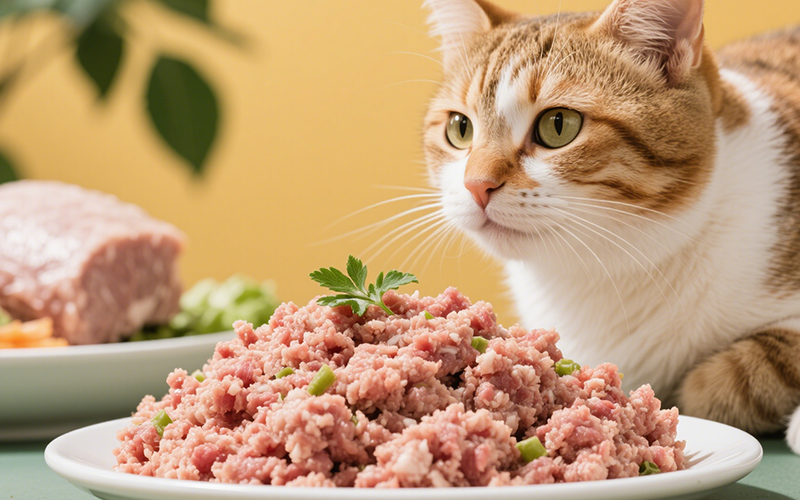
A Purrfect Protein? Can Cats Eat Ground Turkey Safely? (Vet-Reviewed Guide)
- 16 Apr 2025
Gritty Situation: Can Cats Eat Grits Safely? Vet Explains the Risks
- 16 Apr 2025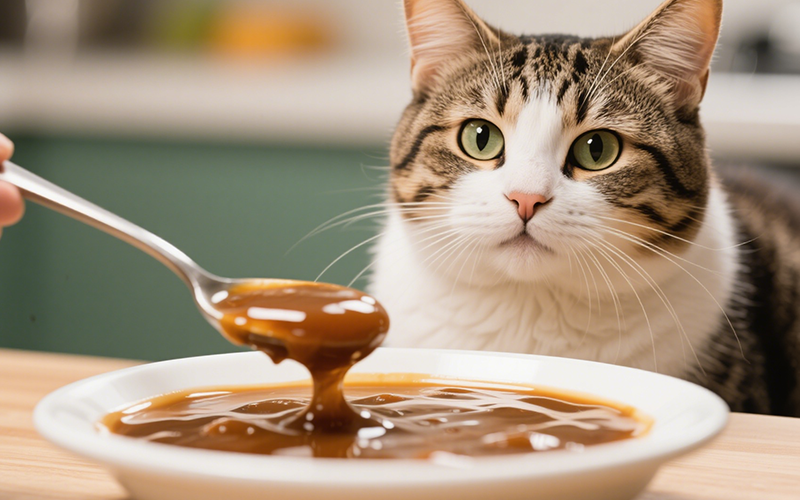
Gravy Danger Zone: Can Cats Eat Gravy Safely? (Vet-Reviewed Warning)
- 16 Apr 2025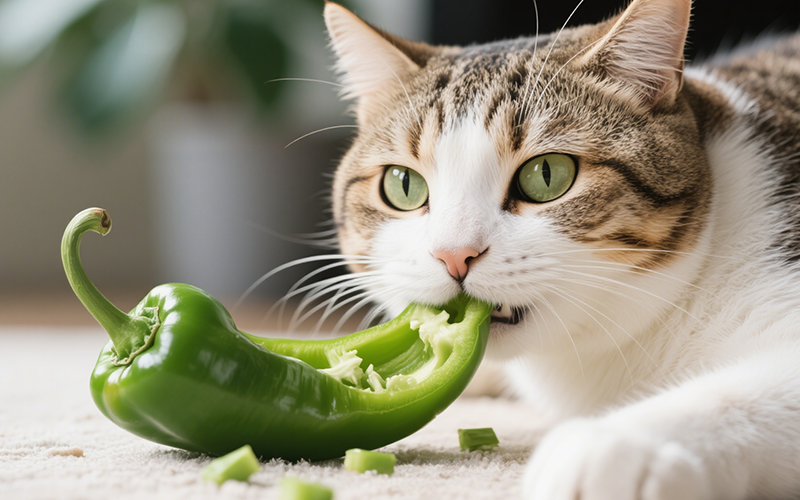
Crunchy Query: Can Cats Eat Green Peppers? A Vet-Reviewed Safety Analysis
- 16 Apr 2025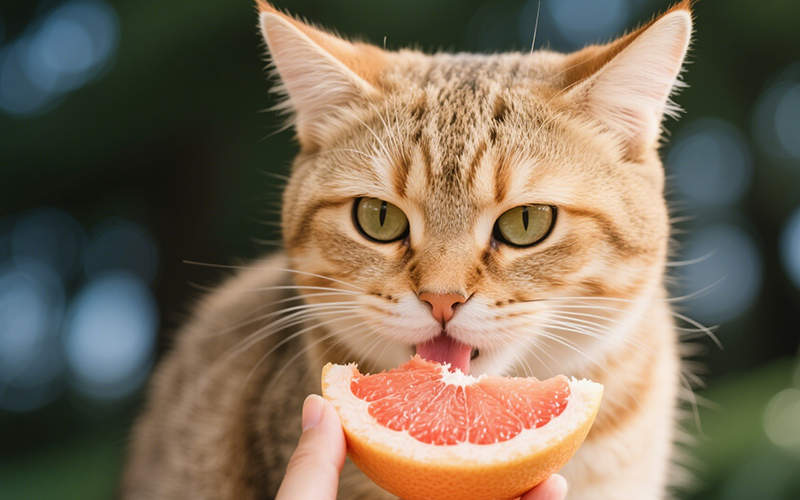
Toxic Temptation: Can Cats Eat Grapefruit? Vet Explains the Dangers
- 16 Apr 2025
Emergency Meal or Major Mistake? Can Cats Eat Dog Food For A Couple Days? (Vet Guide)
- 16 Apr 2025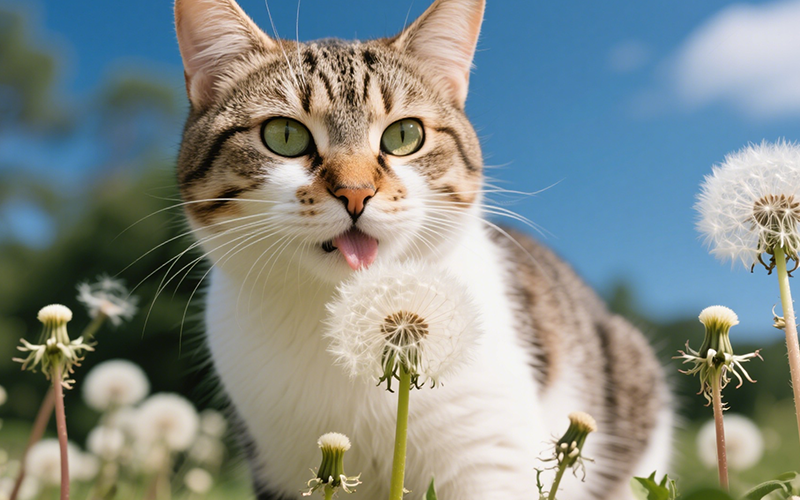
Dandelions & Felines: Can Cats Eat These Common Weeds Safely? Vet Explains
- 16 Apr 2025
Flaky Danger: Can Cats Eat Croissants Safely? Vet Explains the Buttery Risks
- 16 Apr 2025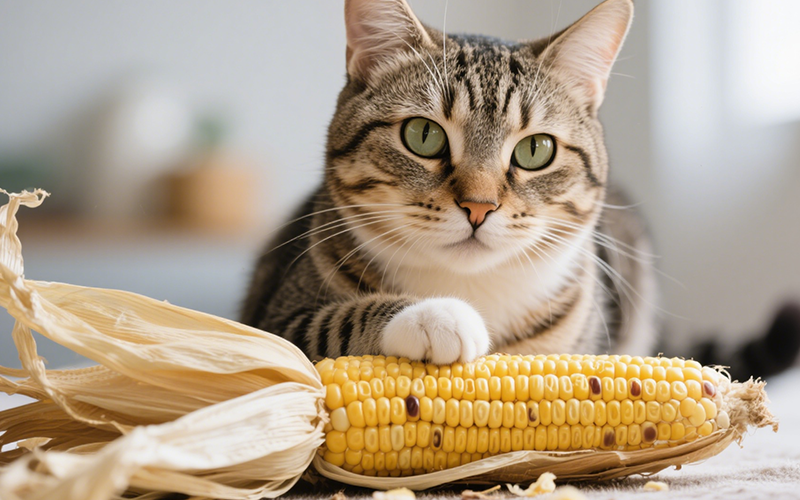
Hazard Alert: Can Cats Eat Corn Husks? Vet Explains Dangers of This Fibrous Material
- 16 Apr 2025
